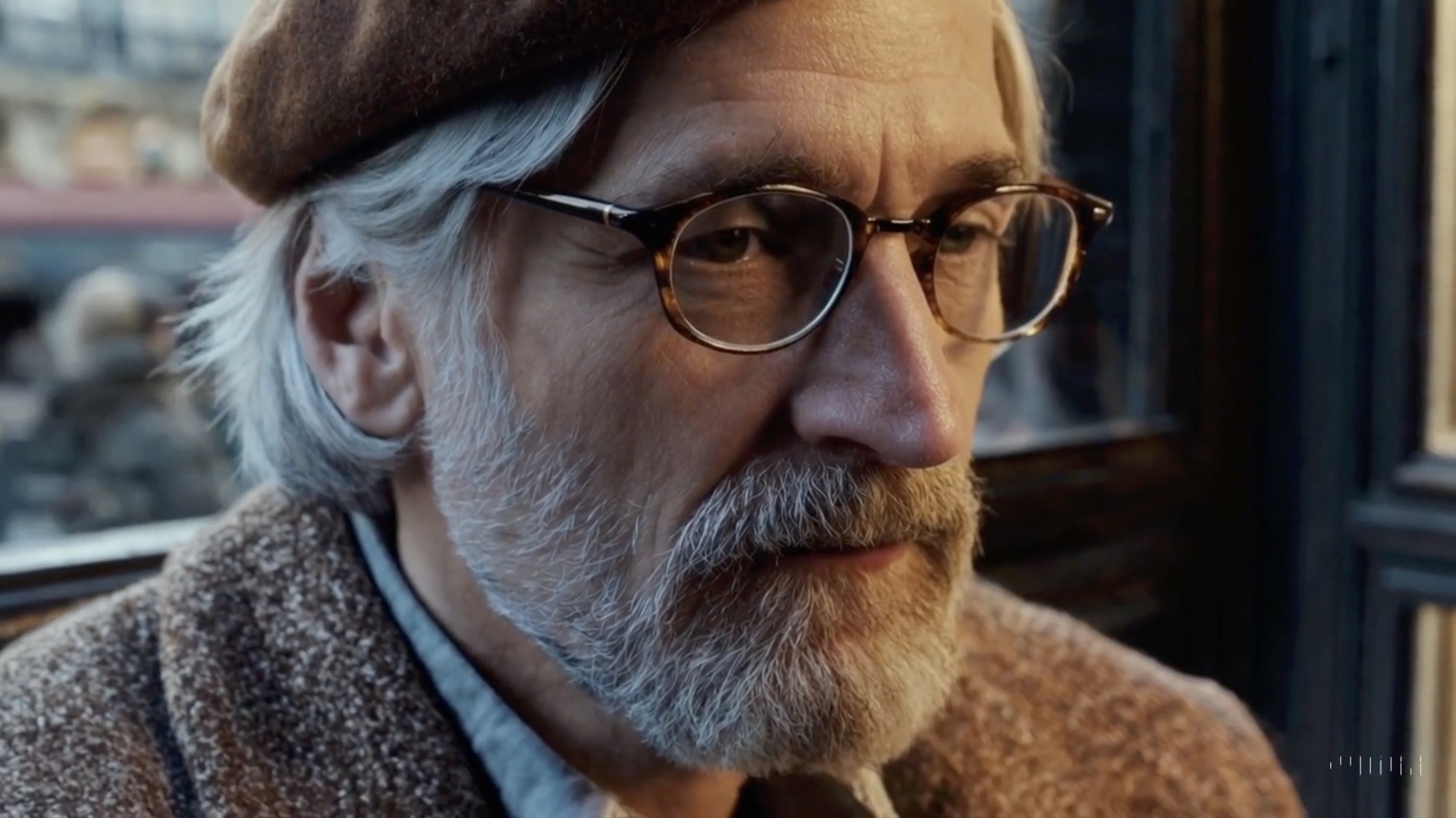Unveiling OpenAI Sora's Realistic AI-Generated Videos
Khái niệm cốt lõi
OpenAI Sora showcases cutting-edge AI technology in creating highly realistic videos, setting a new standard for visual quality and creativity.
Tóm tắt
OpenAI Sora introduces an AI text-to-video model capable of producing incredibly lifelike videos based on user prompts. The model aims to revolutionize stock footage creation and offers a glimpse into the future of AI-generated content. Despite its impressive capabilities, Sora is currently limited to select users for feedback and evaluation purposes. The model's strengths lie in its ability to understand language deeply, generate compelling characters with vibrant emotions, and create multiple shots within a single video seamlessly. However, it still faces challenges in accurately simulating complex scenes and understanding specific cause-and-effect instances.
Dịch Nguồn
Sang ngôn ngữ khác
Tạo sơ đồ tư duy
từ nội dung nguồn
Xem Nguồn
www.newsshooter.com
OpenAI Sora– The most realistic AI-generated video to date - Newsshooter
Thống kê
Sora can generate videos up to a minute long while maintaining visual quality.
The samples seem to be at higher frame rates around 60 fps.
Trích dẫn
"It’s incredible and scary as the realism is impressive, and the animation prompts are stunning." - Anonymous User
Yêu cầu sâu hơn
How will the advancement of AI-generated video impact traditional creative professions
The advancement of AI-generated video is poised to have a profound impact on traditional creative professions such as videographers, photographers, editors, and filmmakers. As AI models like OpenAI Sora continue to improve in generating highly realistic videos based on textual prompts, there is a legitimate concern that these technologies could potentially replace human creatives in certain aspects of their work. Tasks that involve repetitive or formulaic content creation, such as stock footage generation or basic scene animations, may be more efficiently handled by AI systems.
However, it's essential to recognize that while AI can assist in streamlining certain processes and tasks within the creative industry, it cannot fully replicate the creativity, intuition, and emotional depth that human creators bring to their work. The unique perspectives and artistic sensibilities of individuals are irreplaceable elements that contribute to the richness and diversity of creative output.
In response to this shift brought about by AI-generated video advancements, traditional creative professionals may need to adapt by focusing on higher-level conceptualization, storytelling nuances, emotional resonance in content creation – areas where human ingenuity still reigns supreme. Collaboration between humans and AI tools could lead to innovative outcomes that combine technical precision with artistic vision.
Can AI-generated content pose significant copyright infringement issues
AI-generated content does indeed raise significant copyright infringement issues due to its ability to mimic existing visual styles and create lifelike scenes based on textual prompts alone. As seen with OpenAI Sora's capabilities in generating realistic videos from descriptive prompts without actual filmed footage or photography involved; there is a risk of unintentional replication or close resemblance to copyrighted material already present online.
This poses challenges for intellectual property rights holders who may find their original works inadvertently recreated through AI algorithms without proper authorization or attribution. The line between inspiration drawn from existing content and direct reproduction becomes blurred when AI enters the equation.
To mitigate potential copyright infringement concerns related to AI-generated content, clear guidelines must be established regarding the use of such technology for commercial purposes. Proper licensing agreements should be put in place when utilizing AI models like Sora for creating visual assets so that original creators receive appropriate credit and compensation for their work.
Additionally, ongoing monitoring mechanisms combined with robust digital rights management practices can help detect unauthorized use of copyrighted materials within AI-generated outputs before they escalate into legal disputes over intellectual property ownership.
What ethical considerations should be taken into account regarding the use of AI in creative industries
Ethical considerations surrounding the use of artificial intelligence in creative industries are paramount given the implications for both creators and consumers alike. When leveraging AI technologies like text-to-video models for content production:
Transparency: There should be transparency about whether an artwork was created entirely by an algorithm or involved human input at any stage.
Attribution: Proper attribution must be given not only to the final output but also acknowledgment towards any datasets used during training phases.
Bias Mitigation: Efforts should be made towards identifying and mitigating biases present within training data sets which might influence the generated content unfairly.
Data Privacy: Safeguarding personal data used during model training processes is crucial especially if user-provided information forms part of prompt inputs.
5 .Fair Compensation: Ensuring fair compensation structures are established when commercializing artworks produced using automated tools so all contributors receive due credit.
By adhering closely these ethical principles , we can ensure responsible deployment artificial intelligence across various facets creative industries while upholding integrity , fairness ,and respect towards all stakeholders involved

